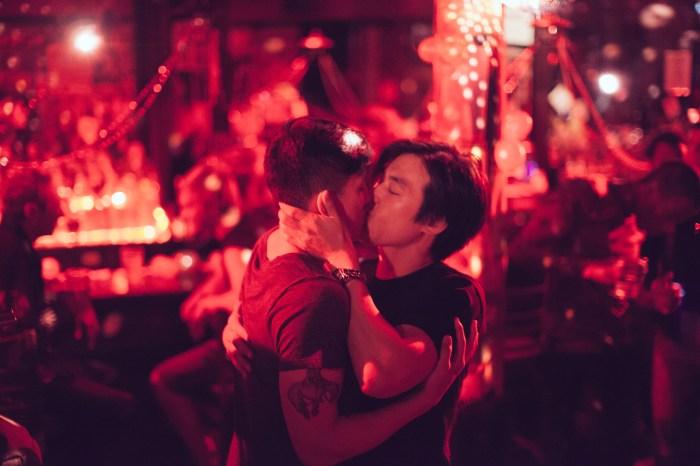Chris Evans in Bong Joon-ho’s “Snowpiercer.” | RADIUS-TWC
Philosopher Fredric Jameson once said that we can imagine the end of the world but not the end of capitalism. His remark doesn’t apply exactly to Bong Joon-ho’s Korean/ American production “Snowpiercer,” but it nevertheless fits. In the post-apocalyptic world of Bong’s film, a train endlessly circles the planet. There’s no more market economy, but the battle between the haves and have-nots is alive and well.
Bong’s previous films have reflected on Korean politics and relations between South Korea and America, even if they had to use a monster movie framework to do so. He obviously wants to use “Snowpiercer” to talk about politics once again, but the results are singularly incoherent, if effective as a science fiction dystopia. The ending contrasts the possibility of revolutionary co-option with sudden, violent action and seems to side with the latter. The most interesting thing about it is that after two hours of showing a white American man as the leader of a multi-ethnic crew of rebels, the final scene suddenly offers a Korean woman and a black child as the Adam and Eve of a new world.
Bong Joon-ho’s dystopian sci-fi is allegory but at times untranslatable
“Snowpiercer” begins after a failed attempt to control climate change has led to a new ice age. The planet’s surviving inhabitants are all onboard a train. The tail of the train contains poor people, who live off a free supply of gelatin “protein bars” really made from crushed insects. One of them (Chris Evans) wants to rise up and gathers together a band of like-minded people to storm the front of the train. As one goes further into the train, conditions get better, but the price for rebellion is high. One man is tortured by having his arm stuck out the window for seven minutes, which turns it into a solid block of ice. All the same, the rebels persevere.
The Weinstein Company is crazy to limit “Snowpiercer” to an arthouse release, a decision that may originate in Bong’s refusal to cut the film according to its orders. This is a sci-fi action film that obviously benefited from a healthy budget, if not the $200 million that’s become routine for American blockbusters. In “The Host,” Bong showed Spielbergian tendencies, but “Snowpiercer” owes a debt to Terry Gilliam, even naming a character after the director.
The lighting in early scenes of “Snowpiercer” is dim. The costumes are dark and unattractive, and the character’s faces are layered with dirt and grease. Bright colors are a sign of privilege. It’s not uncommon for people to be missing limbs. The train mixes ethnicities and nationalities — portable translation devices help bridge the gaps. As the rebels move further into the train, the lighting becomes softer, the colors less oppressively dark, and the people seem noticeably whiter and more segregated. Civilization may have collapsed, but power’s rules haven’t changed much. The initial villain is played — in an extremely eccentric turn — by Tilda Swinton, but it’s no surprise that the final one is a 60-something white man.
Allegory can often be a more effective way of treating racism and classism than facing these subjects head on. In 2011, Rupert Wyatt’s “Rise of the Planet of the Apes” was a far more bracing and less patronizing depiction of underclass rebellion than Tate Taylor’s “The Help.” But allegory has its perils too, especially when one aims to reach a large worldwide audience. “Snowpiercer” would clearly like to be the contemporary equivalent of Aldous Huxley’s novel “Brave New World,” but it’s closer to a better-directed version of Neill Blonkamp’s sci-fi dud from last year, “Elysium.”
SNOWPIERCER | Directed by Bong Joon-ho | Radius-TWC | In English and Korean with English subtitles | Opens June 27 | The Angelika | 18 W. Houston at Mercer St. | angelikafilmcenter.com | Elinor Bunin Munroe Theater | 144 W. 65th St. | filmlinc.com



































